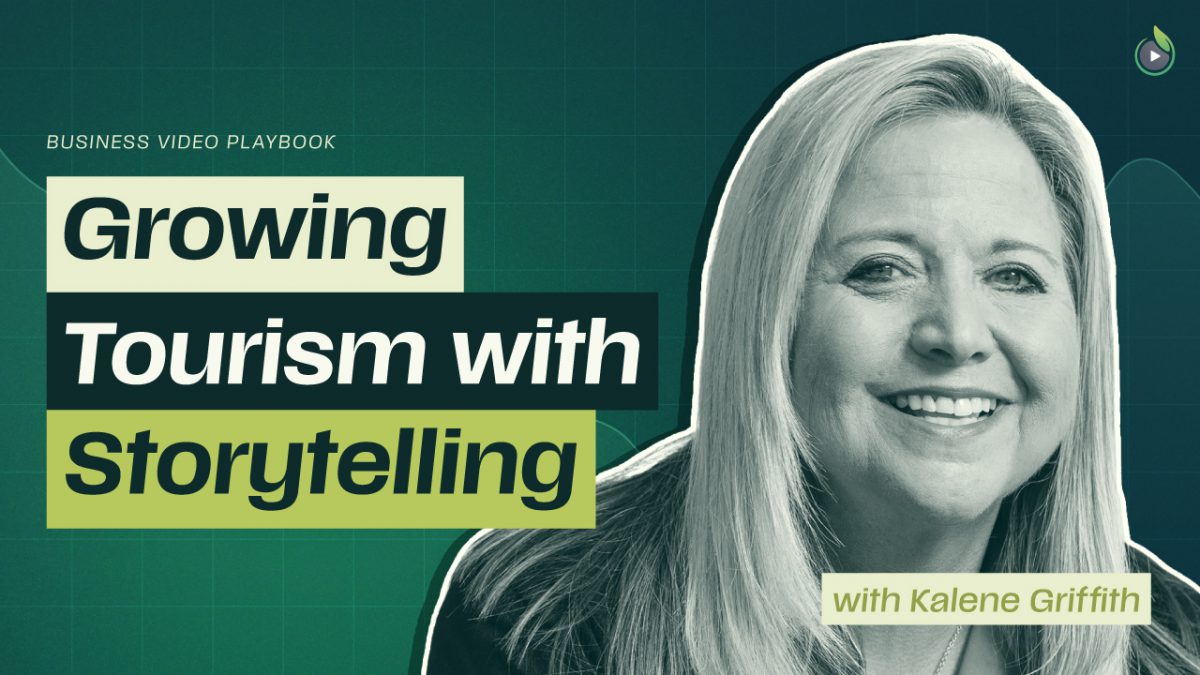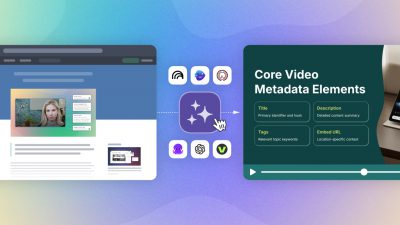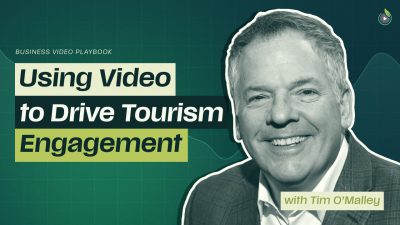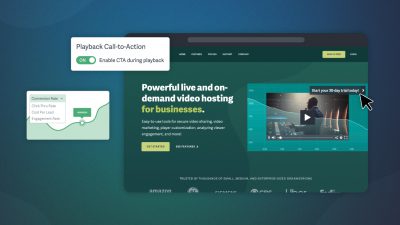The ROI of Tourism Marketing
In the U.S., more than 5,000 convention and visitor bureaus (CVBs), destination marketing organizations (DMOs), and regional tourism associations drive the travel business. These groups don’t just promote places; they power local economies and act as primary tourism marketing engines for them.
Tourism is a multi-billion-dollar industry. For example, New York City Tourism + Conventions reported an estimated $79 billion total economic impact in 2024: more than U.S. steel output and comparable to the entire video game industry.
Today, destination marketing goes beyond ads. It’s about immersing travelers in an experience before they book. That’s why Visit Bentonville, the destination marketing organization for Bentonville, Arkansas, curates a lifestyle through cinematic visuals and authentic local voices.
A Conversation with Kalene Griffith, CEO of Visit Bentonville
In Episode Five of the Business Video Playbook, we spoke with Kalene Griffith, who has led Visit Bentonville since 2005. Under her leadership, Bentonville has evolved from a Walmart company town into a nationally recognized hub for cycling, art, food, and hospitality.
Griffith explained how video storytelling connects with travelers, elevates local businesses, and reinforces Bentonville’s vision as a lifestyle destination.
“Our job is to collaborate with everyone. We sit down with our partners and define shared goals for a video within five key pillars: cycling, arts, culinary, outdoor recreation, and medical and wellness tourism.”
—Kalene Griffith, CEO, Visit Bentonville
To discover Griffith’s formula to grow tourism in Bentonville, watch our full interview now:
5 Tourism Video Marketing Lessons from Visit Bentonville
1. Lead with Authentic, People-First Storytelling
What makes Bentonville’s videos resonate is the people behind the experiences. Local voices like professional mountain biker Anneke Beerten, a chef sharing a dish, or an artist explaining a mural. These people and their passions create emotional connections that polished ads can’t.
2. Collaborate for a Content Engine
Instead of owning every attraction, Visit Bentonville amplifies local partners. Chefs, shop owners, and event organizers all become storytellers. This collaboration multiplies marketing impact and strengthens the local economy.
“For us, it’s driving traffic to our community. For them, it’s driving traffic to their business directly.”
—Kalene Griffith, CEO, Visit Bentonville
3. Use Video as a Sensory Bridge
Video brings the destination to life. Viewers can see, hear, and almost feel Bentonville’s trails, art, and food. In a crowded market, cinematic imagery paired with authentic voices makes travelers want to enter the story.
“The video creates this experience where you want to feel and see.”
—Kalene Griffith, CEO, Visit Bentonville
4. Take a Multi-Channel Approach
Visit Bentonville blends social media, web, PR, print, and digital advertising and invests in grassroots education so locals can share the story, too.
“It’s our job to ensure that our hotels, restaurants, retailers, and residents all understand the story we’re trying to tell.”
—Kalene Griffith, CEO, Visit Bentonville
5. Build Accessibility and Inclusivity Into the Brand
With 80% of bike riders being casual participants, Visit Bentonville highlights families and first-time visitors over extreme athletes. Infrastructure like the wheelchair-accessible Razorback Greenway signals that the city is open and welcoming to all.
“We may want to experience the trails, but we’re not all going to fly through the air.”
—Kalene Griffith, CEO, Visit Bentonville
Bentonville: A Vision Beyond Tourism
From the Kohler Mountain Bike Preserve with its trail-only coffee shop to The Ledger, the world’s first bikeable office building, Bentonville blends recreation with everyday life. Visit Bentonville’s videos show that this is more than a trip; it’s a way of life.
Bentonville proves that destination marketing is most powerful when it tells a community’s story through authentic video storytelling, collaboration, and inclusivity.
👉 Watch the full interview with Kalene Griffith to learn how Visit Bentonville uses video to turn visitors into believers.
If you’d like a quick summary of the main points and answers to common questions about tourism and destination marketing, see the FAQ section below.
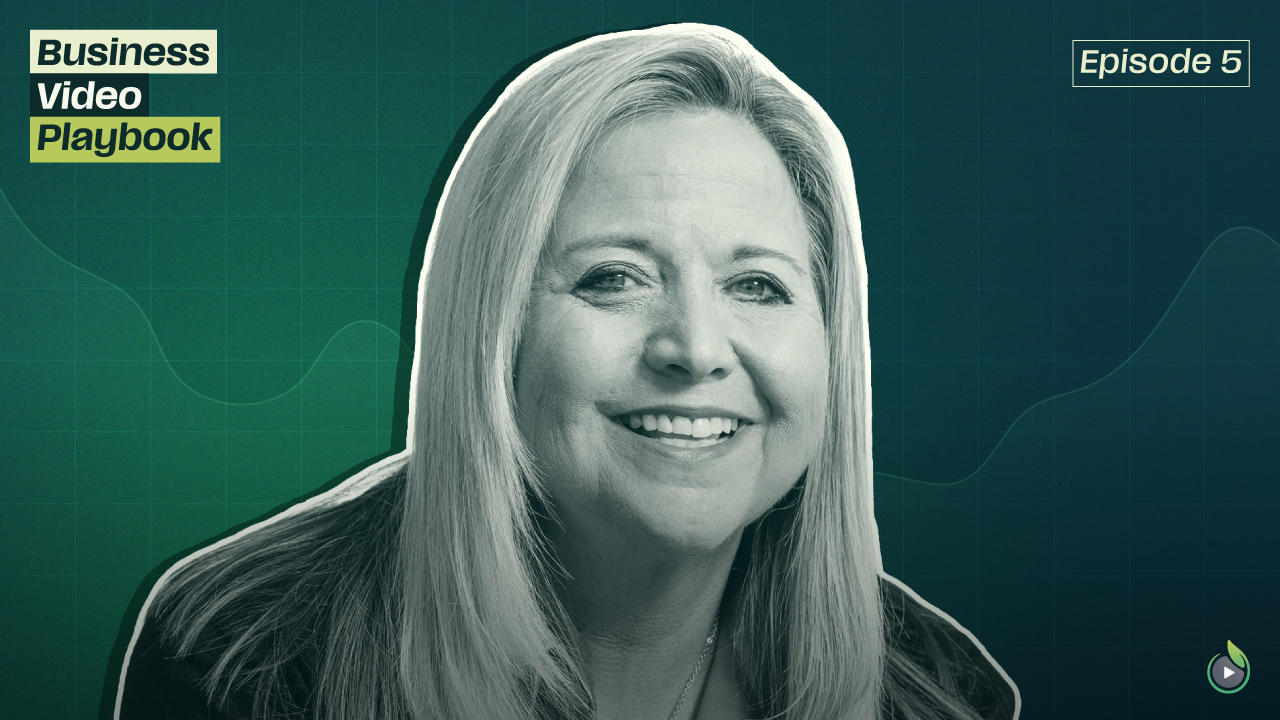
Episode 5: Growing Tourism with Storytelling with Kalene Griffith
This episode offers helpful insights and practical tools:
- Downloadable guide: Tourism Video Marketing Playbook
- Full interview transcript
- Ready-to-share FAQ for internal stakeholders
FAQ: Tourism & Destination Marketing with Visit Bentonville
1. What is a destination marketing company?
A destination marketing company (DMC) partners with cities, regions, or attractions to promote them as travel destinations. Unlike a traditional travel agency, a DMC focuses on branding and storytelling that inspire people to visit, stay longer, and support local businesses.
2. How does tourism destination marketing work?
Tourism destination marketing connects travelers to experiences before they arrive. It uses tools like video storytelling, social media, PR, and community partnerships to showcase a destination’s culture, attractions, and lifestyle. The goal is to spark emotional connections that lead to trips and visitor spending.
3. What services do destination marketing organizations provide?
Destination marketing organizations (DMOs) provide tourism destination marketing services such as:
- Video production and storytelling campaigns
- Digital and social media marketing
- Community collaboration and co-marketing
- Hospitality education and training
- Event promotion and PR
These services help align a community’s identity with its tourism brand.
4. Why does Bentonville’s story matter in tourism marketing?
Bentonville, Arkansas, transformed from a Walmart company town into a nationally recognized hub for cycling, arts, food, and hospitality. Its success shows how a shared vision plus authentic storytelling can reposition a destination and attract new types of visitors.
5. How does Visit Bentonville use video marketing?
Visit Bentonville uses cinematic visuals and authentic local voices to make travelers feel like they already belong. Videos feature chefs, artists, athletes, and business owners, creating a people-first story that builds trust and emotional connection.
“The video creates this experience where you want to feel and see.”
—Kalene Griffith
6. What role does collaboration play in destination marketing?
Collaboration is central to Visit Bentonville’s strategy. The DMO works with chefs, artists, shop owners, and event organizers to create content that benefits both the city’s brand and local businesses.
“For us, it’s driving traffic to our community. For them, it’s driving traffic to their business directly.”
—Kalene Griffith, CEO, Visit Bentonville
7. Why is authenticity important in tourism marketing?
Authenticity builds credibility. Travelers trust locals more than ads. Visit Bentonville creates insider perspectives that inspire action by spotlighting real people, like professional mountain bikers or chefs sharing a dish.
8. How do accessibility and inclusivity fit into destination marketing?
Bentonville’s videos highlight that the city is welcoming to families, first-time visitors, and casual riders, not just elite athletes. Infrastructure like the Razorback Greenway, a 40-mile wheelchair-accessible paved trail, ensures everyone feels included in the city’s tourism story.
9. What channels are most effective for destination marketing?
Visit Bentonville uses a multi-channel approach: social media, digital ads, PR, print, and grassroots education. They also train local residents and businesses to understand the story, so the whole community reinforces the brand.
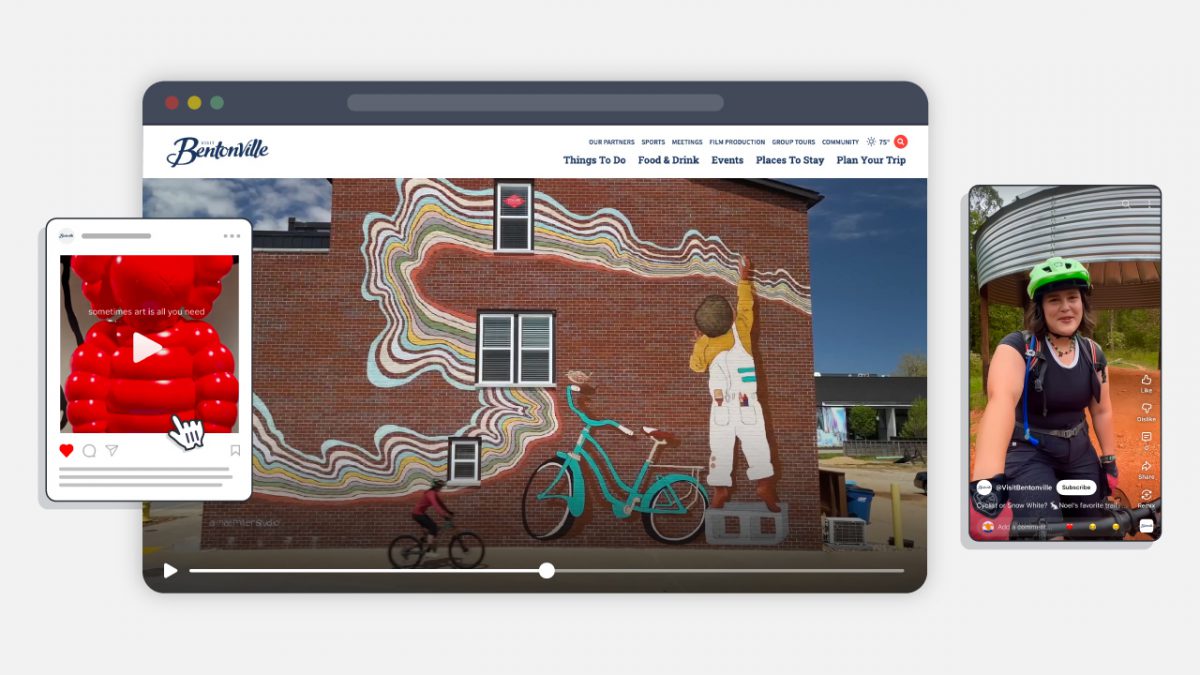
10. What can other destinations learn from Bentonville’s success?
- Lead with authentic storytelling: People connect with people more than scenery.
- Collaborate with local partners: Shared goals create shared wins.
- Think multi-channel: Blend digital, PR, social, and grassroots education.
- Prioritize inclusivity: Market to casual visitors as much as experts.
- Use video as a sensory bridge: Show what makes your destination come alive.
Want to tell your destination’s story with impact?
Start your free trial of SproutVideo today and bring your community to life through video.



